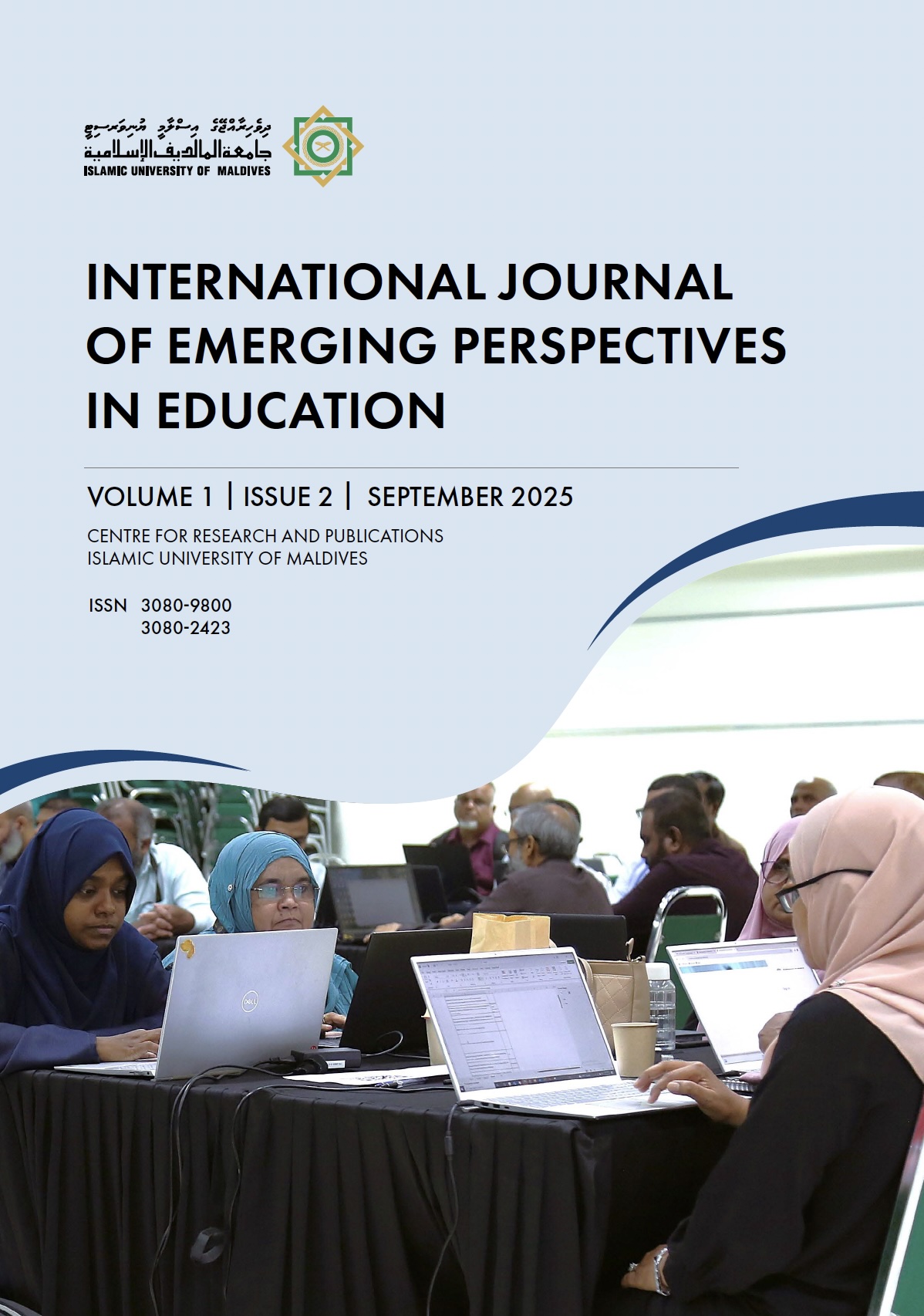Perceptions of Gym and Exercise in Supporting Mental Health: A Multicultural Perspective in Malaysia
DOI:
https://doi.org/10.64306/mzvx9p49Keywords:
Mental Health, Multicultural Perceptions, Stress Management, Qualitative StudyAbstract
While gymnasium subscription continues to increase across the globe and the general benefit of exercise routine for mental health is evident, evidence specific to gymnasium routine remains scarce. Gymnasium users engage in higher frequency and intensity of exercise and take extra supplements to achieve their body target. Hence, this study aims to identify multicultural Malaysian gym users’ perceptions towards the usability of the gym and exercise as a mechanism to improve mental health. A qualitative narrative study is employed to explore the perceptions, attitudes, behaviors, and beliefs of participants via the use of semi-structured interviews. 10 participants were selected through purposive sampling with targeted respondent criteria; gym regulars who visit the gym 3 to 5 times a week, and aged 21 to 40. Respondents comprised major ethnic groups in Malaysia which are Malay, Chinese and Indian and religions which are Muslim, Buddhist, Hindu, and Atheists. Primary data were analyzed using Thematic Analysis with deductive reasoning.Findings indicated that gym users from all races and religions perceived that exercising and using the gym to relieve stress, anxiety and depression, experience catharsis and provided them with sense of accomplishment. It is conclusive that gym users perceived significant improvements to their mental health because of exercising in the gym. It is recommended that a larger scale, quantitative research is required to enable generalization to the whole community of gym users.


